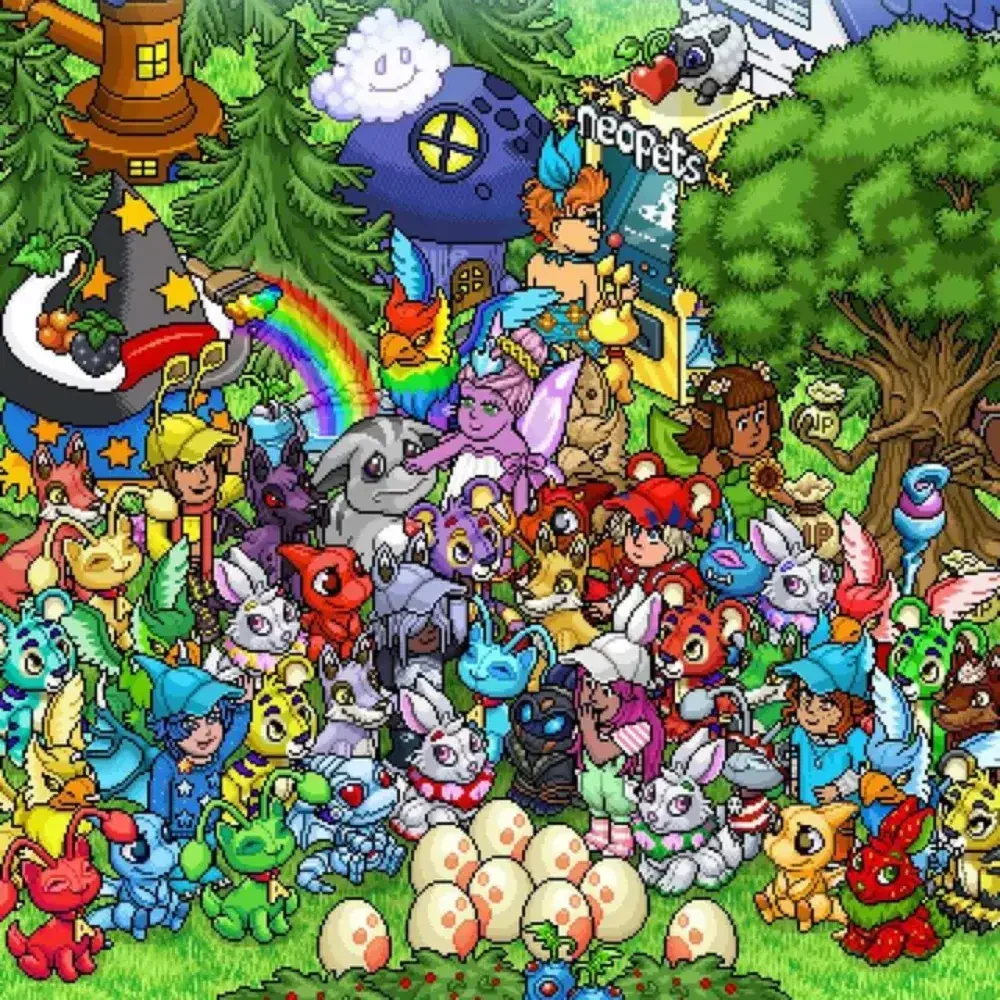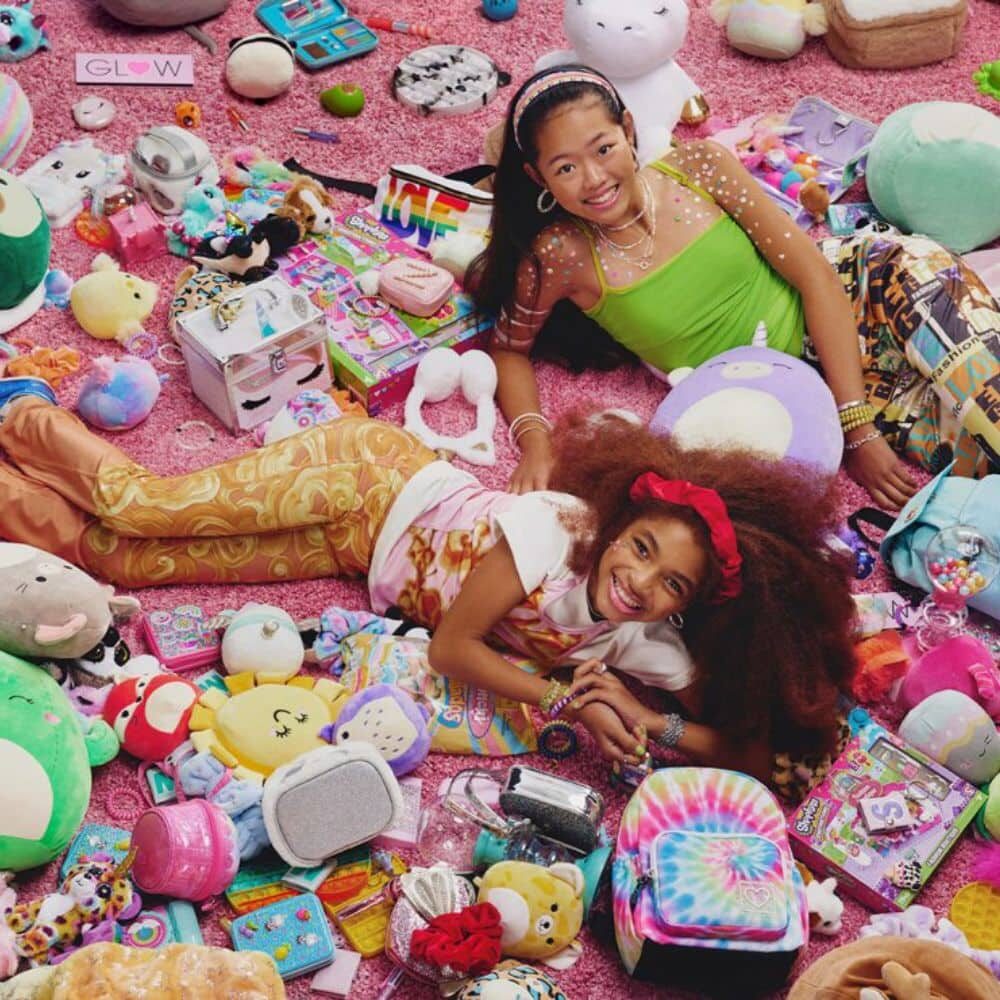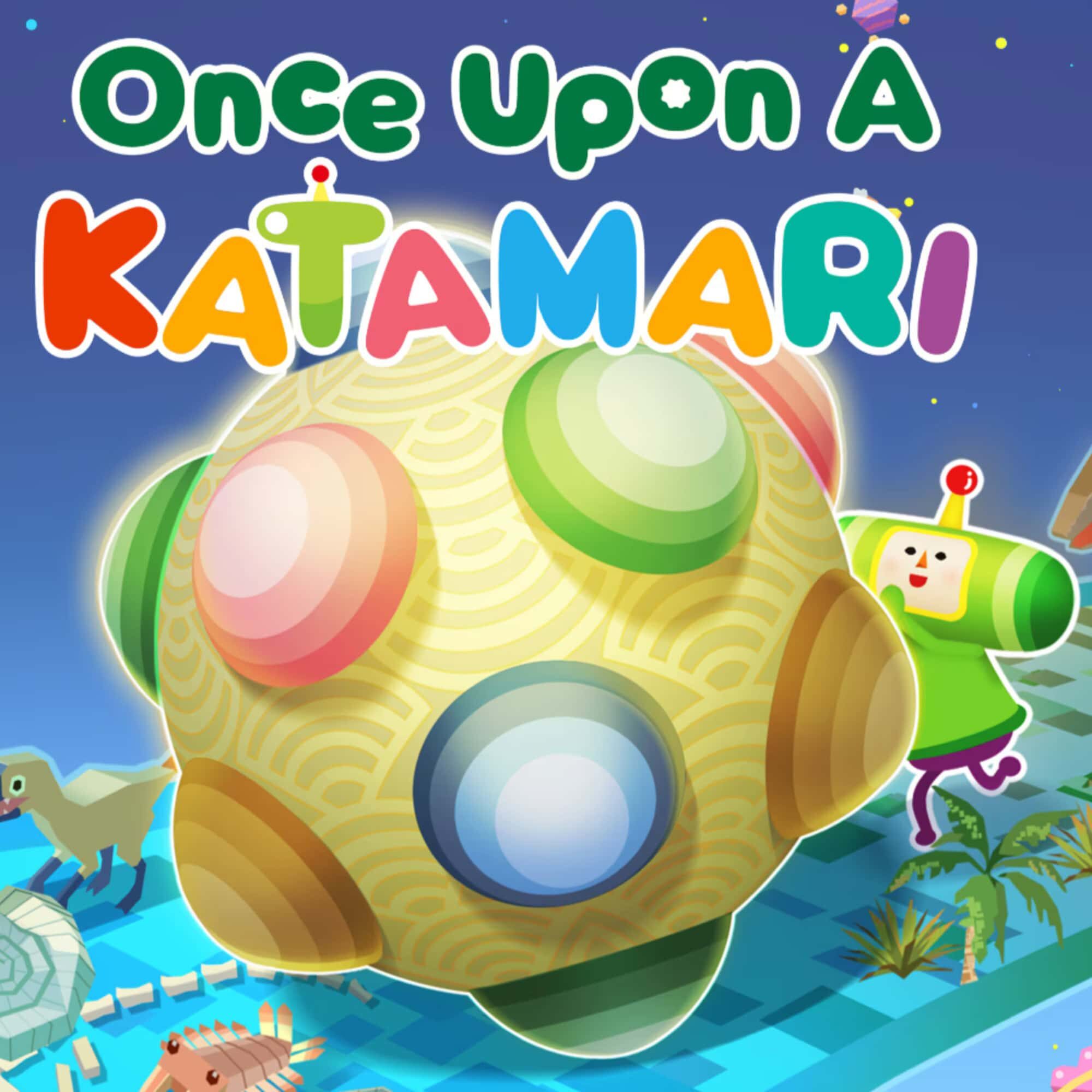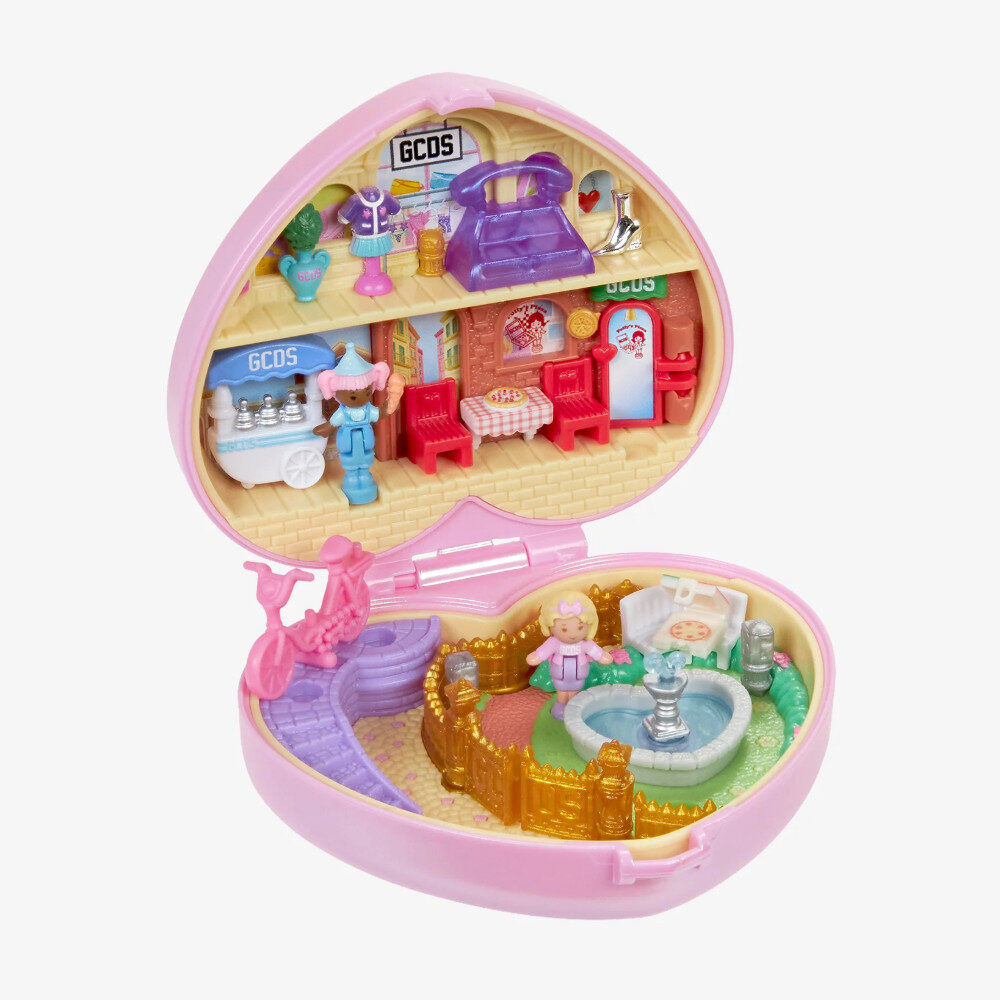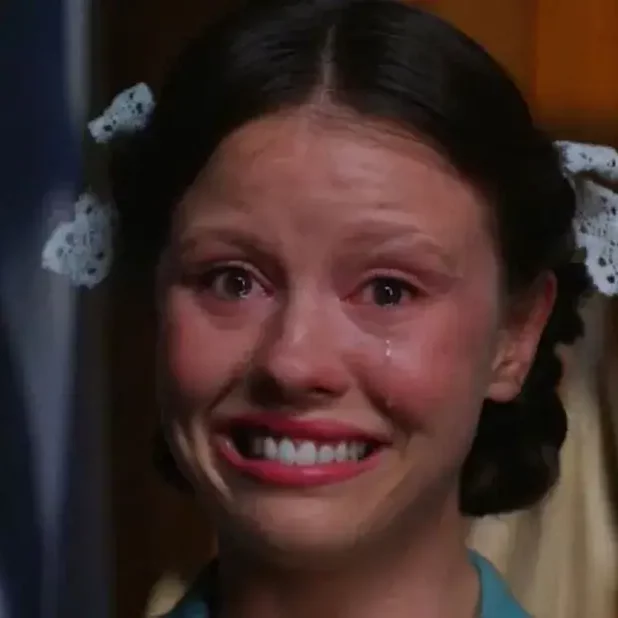
Why Are We So Obsessed With Digital Cameras?
As smartphones became our go-to for everything, digital cameras seemed to fade into obscurity. But Gen Z’s shift back to 2000s digicams reveals more than a desire for nostalgia—it’s a response to the pressure of perfection in a hyper-curated social media world. With their grainy, overexposed photos and spontaneous moments, these cameras allow us to break free from polished, posed images and embrace a more authentic way of capturing life.
TEXT
Gen Z is moving away from perfect smartphone shots in favour of 2000s digital cameras, seeking authenticity in an era of over-curation.
The face of Instagram has changed. The clinically ring-lit, photoshopped images that have reigned over the app for years are being replaced with blurred, overexposed snapshots taken on 2000s digital cameras. Gen Z is swapping out meticulously curated feeds for more laidback, random posting and ditching the smartphone camera in favour of a digital one. But this shift goes deeper than just aesthetics—it reveals a lot about how exhausted we are with the culture around us.

In the early 2010s, as smartphones took over, digital camera sales nosedived. If you already had a high-definition, top-quality camera in your pocket, why would you lug another one around? The smartphone was a game-changer—it was easy to use, a one-stop shop for everything. You could read the news, listen to music, take photos, and post them instantly. So why, post-2021, have we seen a resurgence in digital camera sales? And why specifically older models, when we were once perfectly content with our phones?
Obviously, part of it is the aesthetic. The slight blur and overexposure of digital camera photos create a dreamy, romantic feel. Unlike smartphones, which capture every pore in forensic detail, digital cameras are more forgiving. I would argue that when someone is photographed with a digital camera, they feel more relaxed, and it shows in the picture. From personal experience, I hate when group shots are taken on the latest iPhone, knowing it’ll pick up every imperfection in HD horror. Digital camera shots feel softer, more spontaneous, and more fun, making photography a less self-conscious experience.
For older Gen Z, 2000s digital cameras are the picture of our childhoods. We grew up being snapped solely on these cameras, and that association with childhood nostalgia is powerful. Unlike previous generations, we had a stark divide—our early years were documented on digital cameras, and our teenage years were dominated by the smartphone. That makes the link between old digital camera photos and a slower, freer time even stronger for us. These photos weren’t instantly accessible; they were stacked up on memory sticks or printed out and stuffed into random drawers or cardboard boxes. They required effort to retrieve, and that made them feel more special.
So why are we reaching for them again now? My take: Gen Z is experiencing ‘perfection fatigue.’ We are sick of seeing hyper-produced, overly polished, ‘perfect’ content everywhere we look. Everything is curated, and it’s exhausting. We’re craving something more real, more effortless. Using 2000s digicams is one way we lean into that desire. There’s an addictive carefreeness to the aesthetic they provide.
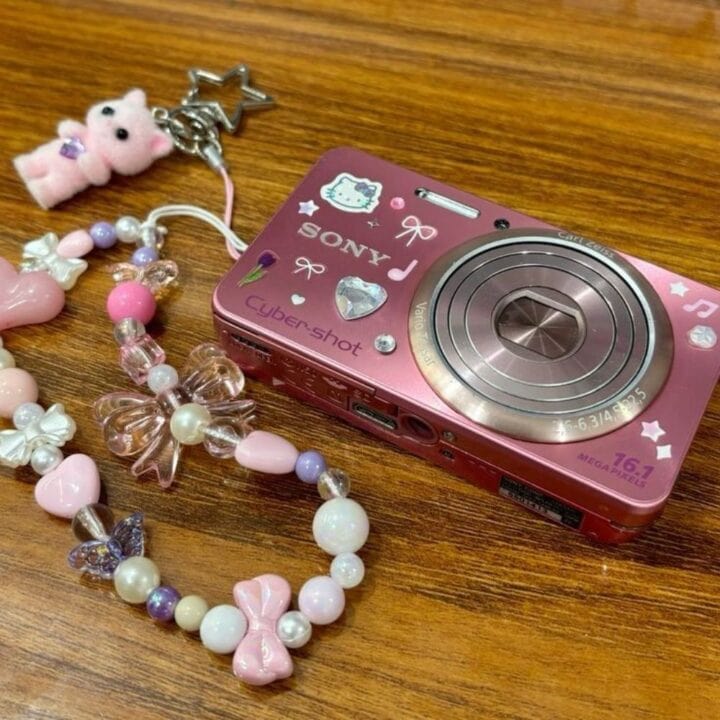
This urge to be carefree is also driving the rise of the ‘camera roll dump.’ Aptly named for its randomness, a camera roll dump is a collection of unfiltered, unscripted moments—an actually candid picture of a friend at dinner, a blurry streetlight, a meme. Even the word ‘dump’ embraces a more unserious, humorous approach to social media. Posting whatever is in your camera roll, instead of meticulously selecting and editing pictures, is liberating. It wouldn’t have flown in the 2016 Instagram era, where everything was filtered and color-coordinated. But now? We’re bored of perfection.
And this isn’t just happening in photography. The resurgence of 2000s culture proves that this shift is happening across the board. Y2K nostalgia isn’t a passing trend—it’s a full-blown movement. We’re consuming more 2000s-era TV, especially pre-smartphone reality shows like Fat Friends, Snog, Marry, Avoid, Come Dine With Me, and Wife Swap. These shows, which are now being uploaded in 10-minute clips on TikTok, feel refreshingly authentic. People weren’t performing for social media; they were just being themselves. Compare that to modern reality TV, like Love Island, which recently hit its lowest viewership since season one. A lot of viewers feel the contestants don’t seem authentic—they’re more focused on securing an influencer career than actually being real on the show. That disconnect is making people check out.
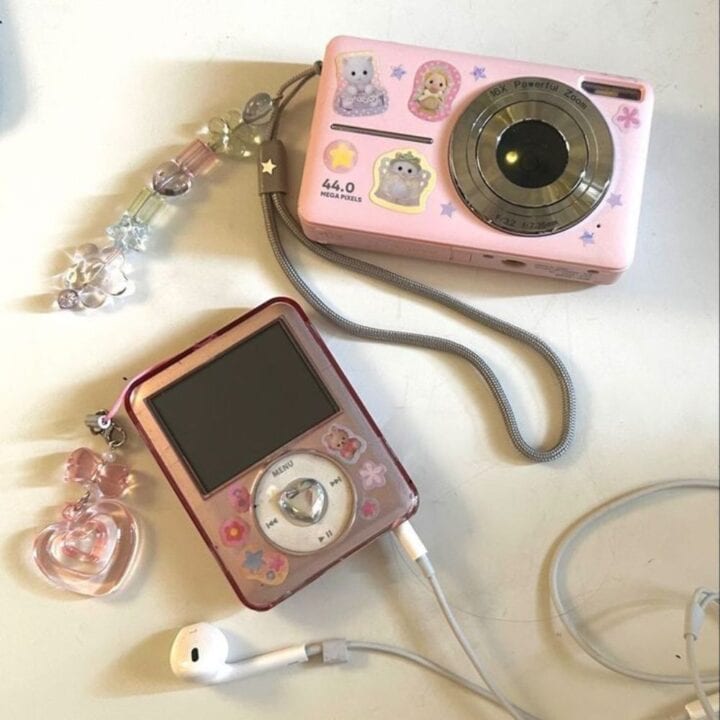
The frustration with the ‘nightmare brick’ (aka, the smartphone) and social media extends beyond TV. It’s also fueling the revival of print media. The tiny screen that once felt like a gateway to everything now feels like a black hole sucking up all our time and energy. Ironically, digital accessibility killed print media—but now, our exhaustion with digital life is bringing it back. Magazines like NME and Nylon have relaunched print issues, and physical music formats like vinyl and CDs are thriving again. It’s all about the sensory experience—flipping through a magazine, picking out a record, consciously choosing what to consume instead of passively scrolling. Even digital magazines and Substacks are on the rise because they feel more intentional than the chaos of social media feeds.
Bringing it back to digital cameras, retrieving photos from them mirrors this slower, more mindful approach. If you’ve been snapping pics all night, you can’t just upload them instantly. You have to wake up, plug the camera into a computer, transfer the files, send them to your friends, maybe even post them in a dump. There’s an excitement to waiting to see the photos, especially when you don’t fully remember taking them. This reminds me of the era-defining hit Last Friday Night by Katy Perry. In the song, she sings, ‘Pictures of last night ended up online, I’m screwed. Oh well!’ That carefree attitude toward being photographed—just letting things happen, instead of obsessing over how you look—feels very BRAT. It’s no wonder Charli XCX’s album resonated so deeply; it embodies the fun, authenticity, and recklessness we’ve been missing.
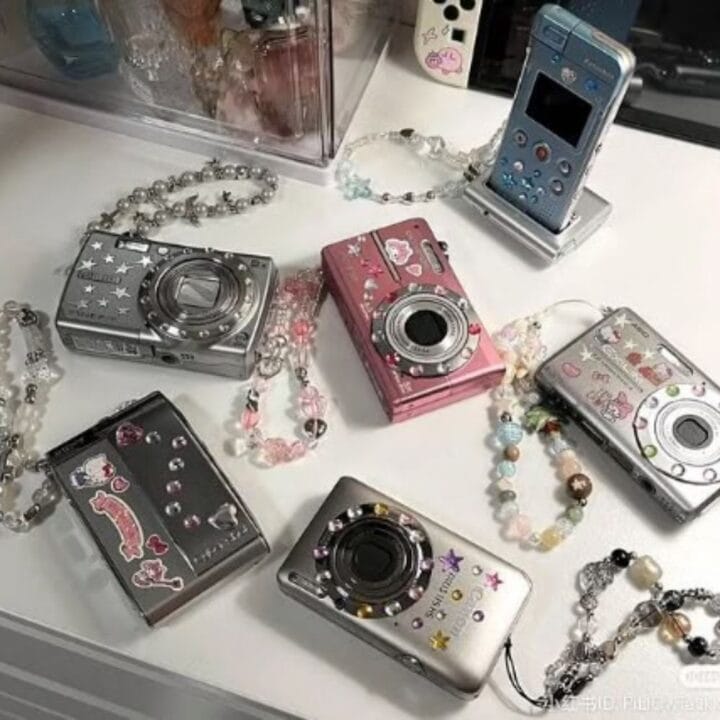
Sadie, a keen enthusiast of photography – and bestie – has made her family’s digital camera an indispensable part of her life. Over the years, she has captured some of the most cherished moments from her early 20s with it. When asked about her fondness for using it, she explained: ‘I found myself wanting to be on my phone less and actually be in the moment more. Using a digital camera allows for that while still documenting the night. It also evokes nostalgia—my parents took all my childhood photos on a digital camera, so using one now takes me back. And honestly, the aesthetic is just better. People pose less when it’s brought out. The photos feel more natural. As a teenager, I was obsessed with curating a social media feed. Now, in my early 20s, I can confidently say I’m posting for myself.’
Our love for 2000s digital cameras is more than just an aesthetic choice—it’s a cultural shift. We are moving toward conscious consumption, fighting for authenticity, and letting ourselves be a little messy again.
Long live the digicam, and happy snapping, everyone!
Gen Z is moving away from perfect smartphone shots in favour of 2000s digital cameras, seeking authenticity in an era of over-curation.
The face of Instagram has changed. The clinically ring-lit, photoshopped images that have reigned over the app for years are being replaced with blurred, overexposed snapshots taken on 2000s digital cameras. Gen Z is swapping out meticulously curated feeds for more laidback, random posting and ditching the smartphone camera in favour of a digital one. But this shift goes deeper than just aesthetics—it reveals a lot about how exhausted we are with the culture around us.

In the early 2010s, as smartphones took over, digital camera sales nosedived. If you already had a high-definition, top-quality camera in your pocket, why would you lug another one around? The smartphone was a game-changer—it was easy to use, a one-stop shop for everything. You could read the news, listen to music, take photos, and post them instantly. So why, post-2021, have we seen a resurgence in digital camera sales? And why specifically older models, when we were once perfectly content with our phones?
Obviously, part of it is the aesthetic. The slight blur and overexposure of digital camera photos create a dreamy, romantic feel. Unlike smartphones, which capture every pore in forensic detail, digital cameras are more forgiving. I would argue that when someone is photographed with a digital camera, they feel more relaxed, and it shows in the picture. From personal experience, I hate when group shots are taken on the latest iPhone, knowing it’ll pick up every imperfection in HD horror. Digital camera shots feel softer, more spontaneous, and more fun, making photography a less self-conscious experience.
For older Gen Z, 2000s digital cameras are the picture of our childhoods. We grew up being snapped solely on these cameras, and that association with childhood nostalgia is powerful. Unlike previous generations, we had a stark divide—our early years were documented on digital cameras, and our teenage years were dominated by the smartphone. That makes the link between old digital camera photos and a slower, freer time even stronger for us. These photos weren’t instantly accessible; they were stacked up on memory sticks or printed out and stuffed into random drawers or cardboard boxes. They required effort to retrieve, and that made them feel more special.
So why are we reaching for them again now? My take: Gen Z is experiencing ‘perfection fatigue.’ We are sick of seeing hyper-produced, overly polished, ‘perfect’ content everywhere we look. Everything is curated, and it’s exhausting. We’re craving something more real, more effortless. Using 2000s digicams is one way we lean into that desire. There’s an addictive carefreeness to the aesthetic they provide.

This urge to be carefree is also driving the rise of the ‘camera roll dump.’ Aptly named for its randomness, a camera roll dump is a collection of unfiltered, unscripted moments—an actually candid picture of a friend at dinner, a blurry streetlight, a meme. Even the word ‘dump’ embraces a more unserious, humorous approach to social media. Posting whatever is in your camera roll, instead of meticulously selecting and editing pictures, is liberating. It wouldn’t have flown in the 2016 Instagram era, where everything was filtered and color-coordinated. But now? We’re bored of perfection.
And this isn’t just happening in photography. The resurgence of 2000s culture proves that this shift is happening across the board. Y2K nostalgia isn’t a passing trend—it’s a full-blown movement. We’re consuming more 2000s-era TV, especially pre-smartphone reality shows like Fat Friends, Snog, Marry, Avoid, Come Dine With Me, and Wife Swap. These shows, which are now being uploaded in 10-minute clips on TikTok, feel refreshingly authentic. People weren’t performing for social media; they were just being themselves. Compare that to modern reality TV, like Love Island, which recently hit its lowest viewership since season one. A lot of viewers feel the contestants don’t seem authentic—they’re more focused on securing an influencer career than actually being real on the show. That disconnect is making people check out.

The frustration with the ‘nightmare brick’ (aka, the smartphone) and social media extends beyond TV. It’s also fueling the revival of print media. The tiny screen that once felt like a gateway to everything now feels like a black hole sucking up all our time and energy. Ironically, digital accessibility killed print media—but now, our exhaustion with digital life is bringing it back. Magazines like NME and Nylon have relaunched print issues, and physical music formats like vinyl and CDs are thriving again. It’s all about the sensory experience—flipping through a magazine, picking out a record, consciously choosing what to consume instead of passively scrolling. Even digital magazines and Substacks are on the rise because they feel more intentional than the chaos of social media feeds.
Bringing it back to digital cameras, retrieving photos from them mirrors this slower, more mindful approach. If you’ve been snapping pics all night, you can’t just upload them instantly. You have to wake up, plug the camera into a computer, transfer the files, send them to your friends, maybe even post them in a dump. There’s an excitement to waiting to see the photos, especially when you don’t fully remember taking them. This reminds me of the era-defining hit Last Friday Night by Katy Perry. In the song, she sings, ‘Pictures of last night ended up online, I’m screwed. Oh well!’ That carefree attitude toward being photographed—just letting things happen, instead of obsessing over how you look—feels very BRAT. It’s no wonder Charli XCX’s album resonated so deeply; it embodies the fun, authenticity, and recklessness we’ve been missing.

Sadie, a keen enthusiast of photography – and bestie – has made her family’s digital camera an indispensable part of her life. Over the years, she has captured some of the most cherished moments from her early 20s with it. When asked about her fondness for using it, she explained: ‘I found myself wanting to be on my phone less and actually be in the moment more. Using a digital camera allows for that while still documenting the night. It also evokes nostalgia—my parents took all my childhood photos on a digital camera, so using one now takes me back. And honestly, the aesthetic is just better. People pose less when it’s brought out. The photos feel more natural. As a teenager, I was obsessed with curating a social media feed. Now, in my early 20s, I can confidently say I’m posting for myself.’
Our love for 2000s digital cameras is more than just an aesthetic choice—it’s a cultural shift. We are moving toward conscious consumption, fighting for authenticity, and letting ourselves be a little messy again.
Long live the digicam, and happy snapping, everyone!

Enjoyed this story? Support independent gaming and online news by purchasing the latest issue of G.URL. Unlock exclusive content, interviews, and features that celebrate feminine creatives. Get your copy of the physical or digital magazine today!


